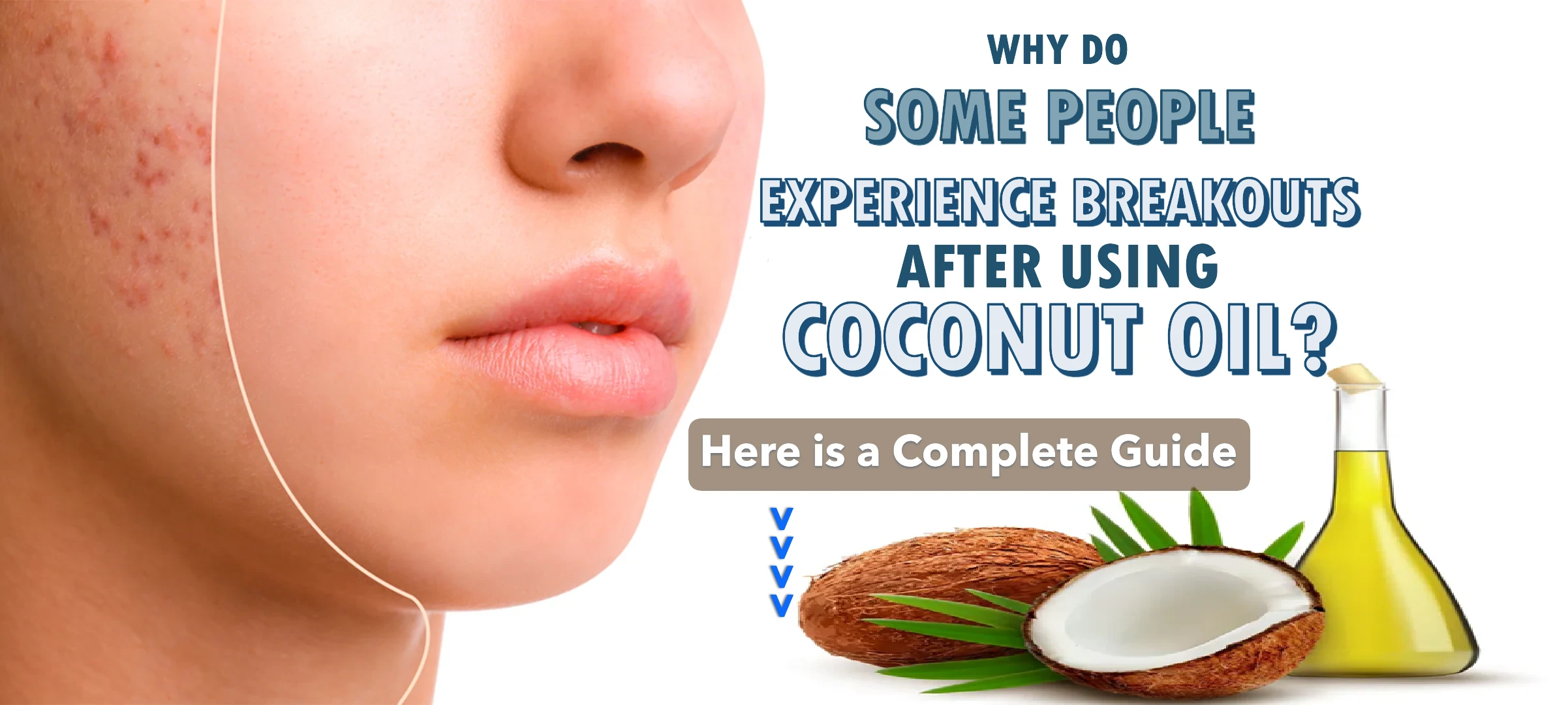Why Do Some People Experience Breakouts After Using Coconut Oil? Understanding Its Comedogenic Effects on the Skin
Why Do Some People Experience Breakouts After Using Coconut Oil? Understanding Its Comedogenic Effects on the Skin
Coconut oil has gained immense popularity in the world of natural skincare due to its rich moisturizing, antibacterial, and anti-inflammatory properties. However, not everyone experiences clear, glowing skin after applying it. For some, coconut oil can actually cause or worsen breakouts. So why does this happen? The answer lies in its comedogenic nature and how it interacts with different skin types.
What Does "Comedogenic" Mean?
A comedogenic substance is one that has the potential to clog pores. Pores can become blocked with excess oil, dead skin cells, and bacteria, forming comedones—better known as whiteheads, blackheads, and pimples.
On the comedogenic rating scale (from 0 to 5), coconut oil typically scores a 4, which makes it a highly comedogenic oil. This means it’s very likely to clog pores, especially for individuals with oily or acne-prone skin.
Why Coconut Oil Causes Breakouts in Some People
-
Thick and Heavy Texture
Coconut oil is a thick, occlusive oil that forms a barrier on the skin. While this is great for locking in moisture, it also traps dirt, dead skin cells, and bacteria inside pores, creating the perfect environment for breakouts. -
Excess Sebum Production
People with oily or combination skin already produce higher levels of sebum (natural oil). Applying coconut oil on top can add to the oil load, overwhelming the skin and leading to congestion and acne. -
Pore-Clogging Tendency
Coconut oil contains long-chain fatty acids, which are more likely to block pores compared to short-chain fatty acids. These heavy molecules don’t absorb quickly and can sit on the skin, increasing the likelihood of clogged follicles. -
Skin Type Sensitivity
Not all skin reacts the same way to coconut oil. While dry or mature skin types may benefit from its richness, sensitive or acne-prone skin may respond with inflammation, irritation, and breakouts.
When Coconut Oil May Still Be Safe to Use
-
For dry, flaky skin: It can help repair the skin barrier if used sparingly.
-
On the body: Areas like arms and legs are generally less prone to breakouts.
-
As a makeup remover: If followed by a gentle, non-comedogenic cleanser, it may not cause breakouts.
-
In a patch test: Trying it on a small area first can help determine how your skin will react.
Alternatives for Acne-Prone Skin
If you’re looking for natural oils that are less likely to cause breakouts, consider:
-
Jojoba oil: Mimics natural sebum and has a comedogenic rating of 2 or lower.
-
Hemp seed oil: Lightweight and non-comedogenic (rated 0).
-
Rosehip oil: High in antioxidants and supports skin healing without clogging pores.
Conclusion
While coconut oil has many skincare benefits, its comedogenic nature makes it risky for acne-prone and oily skin types. Breakouts from coconut oil are usually due to its heavy texture and ability to trap impurities in the pores. If you experience clogged pores or acne after use, switching to a lighter, non-comedogenic oil may be a better option. Always consider your skin type and consult a dermatologist if unsure.

Related Blog
What Causes Oily Skin and Can It Be Managed Naturally? Exploring Root Causes and Gentle Solutions
Aug 2, 2025 by Admin
General
What Are the Signs That You Have Sensitive Skin? Key Symptoms to Help You Identify This Delicate Skin Type
Aug 1, 2025 by Admin
General